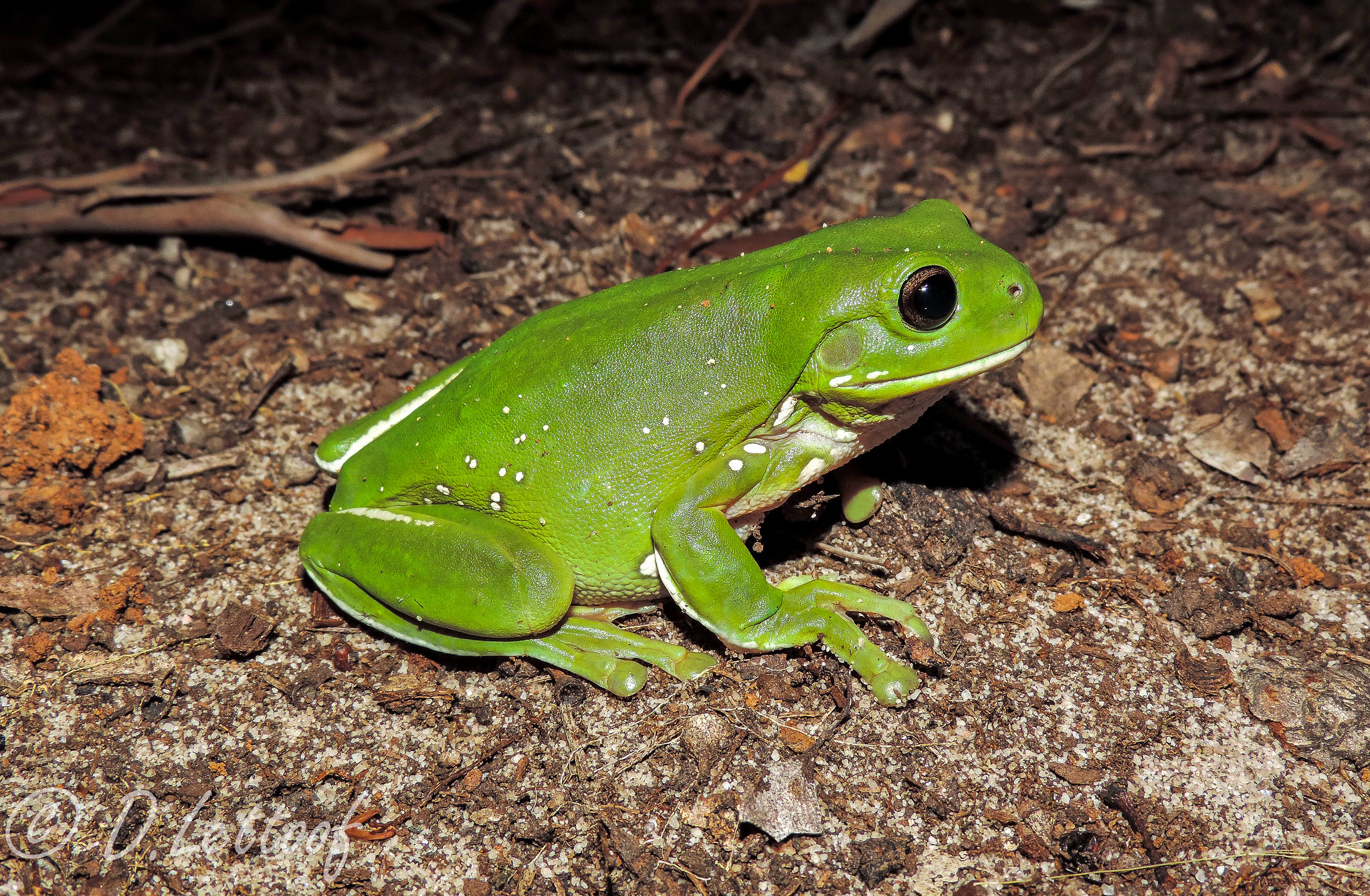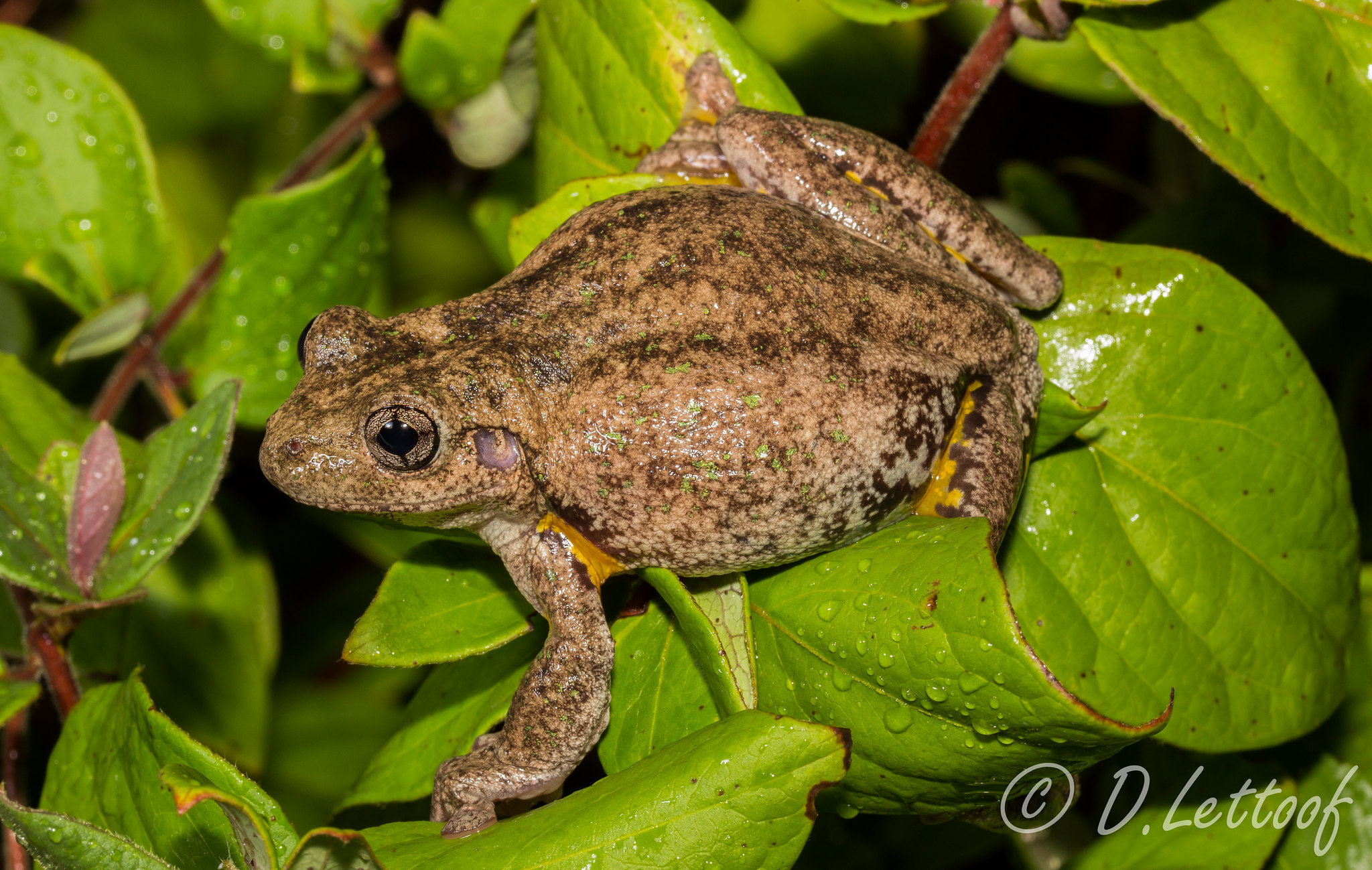by Joe Eaton

(Full article from RATS Tales August 2024)
It began with a plague of frogs. Unlike the Biblical event that afflicted Egypt, though, frogs were the victims this time.
In the southern winter of 2021, residents of the Australian states of New South Wales (NSW), Queensland, and Victoria started seeing dead and dying frogs everywhere. Some appeared emaciated or had abnormal coloration or skin conditions; living frogs moved slowly, and nocturnal species were out in the daytime. Australian Museum and University of New South Wales biologist Jodi Rowley and Karrie Rose of the Australian Registry for Wildlife Health put out a call for reports via the community science project FrogID, and 356 dead frogs, representing over 23 species, were sent to the Australian Museum in Sydney. Seeking a cause for the mass mortality, scientists analyzed liver samples from 77 specimens. Their results, recently published in Science of the Total Environment, didn’t fully explain the die-off.
But Rowley and her co-authors found a major surprise: the first evidence of anticoagulant rodenticide (AR) contamination in amphibians anywhere in the world.
Australia has an impressive diversity of frog species—at least 242 natives and a single well- known alien species, the notorious cane toad—and they provide crucial ecosystem services. But even before the mass mortality event, they were in trouble. Four species have been lost, and 35 are threatened with extinction. A fungal pathogen has been implicated in the decline, and other diseases, parasites, and contaminants may be involved. Before the new study, ARs weren’t even on the radar.
 Eastern banjo frog, Limnodynastes dumerilii (Photo: Damian Lettoof)
Eastern banjo frog, Limnodynastes dumerilii (Photo: Damian Lettoof)
The second-generation AR (SGAR) brodifacoum was present in 13 of the frogs sampled: an eastern banjo frog, a cane toad, a Peron’s tree frog, and ten green tree frogs. No one is losing sleep over the fate of the cane toad, a Central and South American species introduced to control crop pests that became a pest in its own right. But there’s concern over the once-common green tree frog, which has vanished from many parts of its former range.
AR poisoning wasn’t identified as the cause of death in any of these cases. (A Peron’s tree frog was found in a “poorly responsive” condition near a bait station and later died, but was not tested for ARs.) However, sublethal effects can’t be ruled out. Almost nothing is known about how ARs impact amphibians. The only laboratory study found higher mortality rates in African clawed frog embryos exposed to the SGAR bromadiolone compared with a control group. There’s no information on how ARs affect adult frogs.
How are the frogs being exposed to ARs? Multiple pathways are possible, including secondary poisoning. Large females of the cane toad and the two tree frog species “could certainly eat mice,” says Damian Lettoof of the Commonwealth Scientific and Industrial Research Organization and Curtin University, a co-author of the study. “We couldn’t find any published information showing this in the wild but many people who keep green tree frogs feed them small euthanized mice.” Frogs may also consume insects or other invertebrates that have eaten AR bait. Many studies have shown invertebrates consuming bait without being poisoned. This pathway is suspected for bats in New Zealand and songbirds and hedgehogs in Europe. The case of the Peron’s tree frog suggests some frogs may visit bait boxes.
 Peron’s tree frog, Litoria peronii (Photo: Damian Lettoof)
Peron’s tree frog, Litoria peronii (Photo: Damian Lettoof)
Most amphibians (frogs, toads, salamanders) require fresh water to breed. The Australian frogs may have been exposed through agricultural runoff or urban wastewater discharges. “Exposure via water is something we are very interested in but I know of no Australian examples showing abundant ARs in freshwater fauna,” Lettoof adds. Elsewhere, ARs have been found in European freshwater fish and in otters in France, South Africa, and the United States. “The frogs found with brodifacoum were from the northeast coast of NSW and the Sydney region, suggesting exposure from agricultural and urban application,” Rowley and her co-authors reported.
The presence of ARs in frogs has implications for larger food webs. The green tree frogs had higher concentrations than the other species, some at levels that could cause toxicosis in raptors. Another Australian study found AR exposure in tawny frogmouths, a nocturnal bird (not an owl) known to prey on frogs. Frogs are also on the menu for many other bird, mammal, and reptile species.
In addition to the AR brodifacoum, analysis of the frog livers found the organochlorine insecticides dieldrin and heptachlor, both banned in Australia; DDE, a metabolite of DDT; and the currently used insecticide fipronil sulfone. How any of these chemicals interact with ARs is another unknown.
The frog study adds to a growing database of AR contamination in nontarget Australian wildlife, including raptors, omnivorous birds like corvids, marsupial mammals, and reptiles, and suggests likely exposure for amphibians around the world. “The more we look, the more we find,” Robert Davis of Edith Cowan University told a reporter during a visit to Canberra, the national capital, to push for stronger restrictions on AR use. The Australian Pesticide and Veterinary Medicine Authority, responsible for regulating rodenticides, has been dragging its feet on a long-awaited reassessment of ARs, with a proposed decision promised by the end of this year.
